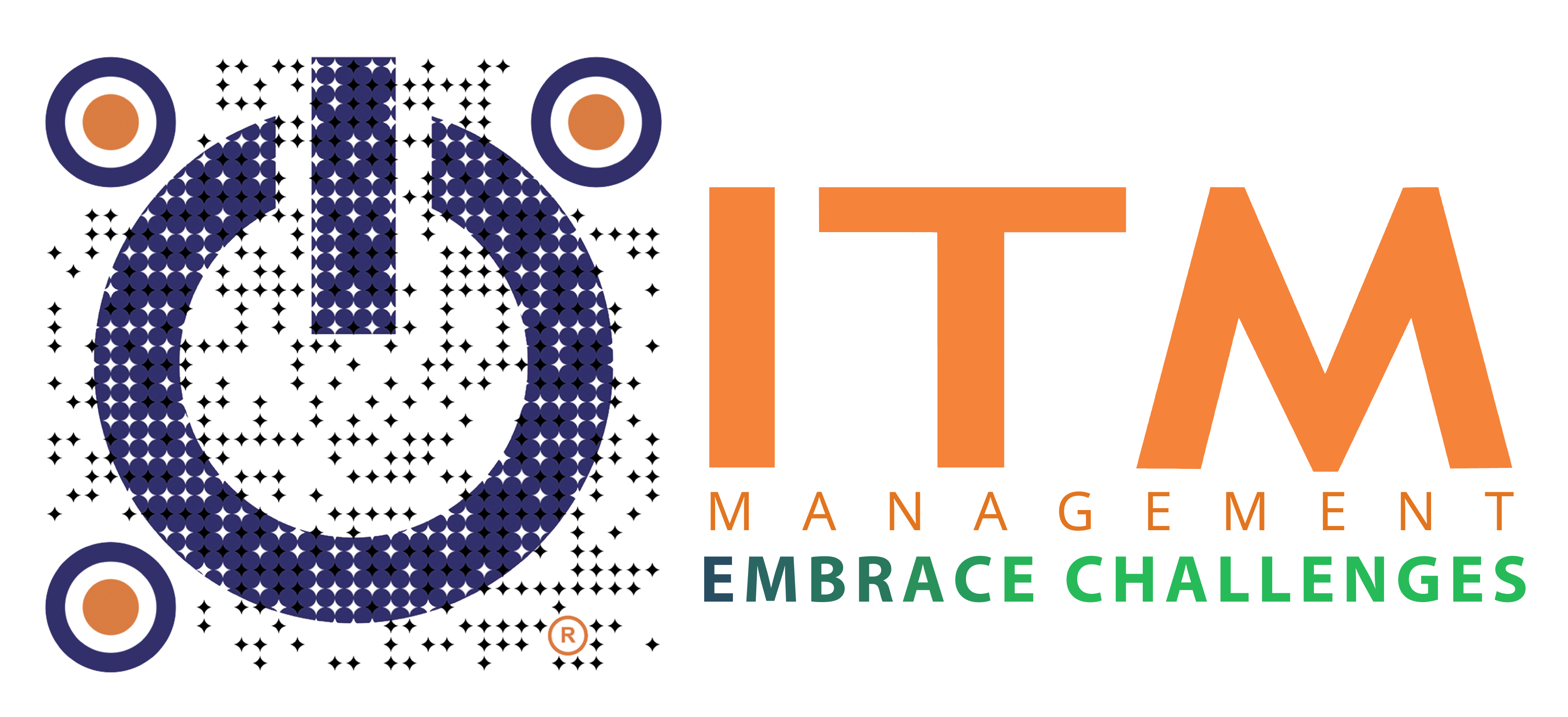The Compliance Wake-Up Call
Governments around the world are tightening cybersecurity and data protection laws. New regulations such as GDPR in Europe, NIS2 across the EU, and Vietnam’s PDPL now require companies to prove that they protect customer data not just claim that they do.
In 2025, the pressure on organizations is greater than ever. Reports show that 72% of organizations struggle to keep up with the latest compliance requirements, and nearly one in three businesses has already faced fines or lost contracts due to non-compliance.
These rules are not simply paperwork. They exist because cyberattacks have become constant and highly damaging. Every day, attackers exploit weak passwords, outdated systems, or simple human mistakes to steal information. Compliance standards are meant to close these vulnerabilities yet many businesses find the process confusing and overwhelming.
The good news is that compliance can be managed. The following sections explain how any organization can stay ahead, simplify the process, and strengthen its compliance program step by step.
Stay Ahead of Stricter Compliance
-
- Why compliance matters more than ever
Regulators no longer accept reactive cybersecurity measures. They now expect businesses to continuously prove that they protect sensitive data. This means implementing encryption, secure data backups, regular employee training, and well-documented incident response plans.
Each regulation, however, comes with its own unique set of requirements:
-
- GDPR focuses on protecting personal data and obtaining user consent.
- HIPAA enforces strict safeguards for healthcare information.
- NIS2 requires stronger protection for critical infrastructure and faster incident reporting.
- Vietnam’s PDPL introduces mandatory breach notifications and restrictions on cross-border data transfers.
For small and midsize businesses, keeping pace with these evolving rules can feel nearly impossible especially without a dedicated compliance team. Yet falling behind carries serious risks, including large fines, reputational damage, and loss of customer trust.
-
- How to stay ahead
The first step to staying compliant is gaining visibility. Every organization must understand which regulations apply to it, what data it collects, where that data is stored, and who has access to it. Once that information is clear, leaders can design policies, procedures, and technical controls that meet both security and legal requirements.
Compliance should not be seen as a bureaucratic task. It should be recognized as a protective business shield that safeguards data, customers, and reputation all at once.
Simplify Compliance. Strengthen Security.
-
- Compliance does not have to be complicated
Many organizations make compliance harder than it needs to be by separating it from cybersecurity. In reality, strong cybersecurity and solid compliance go hand in hand.
When systems are secure, encrypted, and continuously monitored, most compliance requirements are already being met. The challenge is maintaining consistency. Gaps often appear because policies are outdated or software no longer meets modern standards.
Compliance becomes easier when it is broken into manageable steps:
-
- Identify weak points in your current security setup.
- Set clear priorities for improvement.
- Implement practical measures that strengthen both protection and compliance.
Small changes can make a big difference. Updating data retention schedules, improving access controls, or introducing multi-factor authentication (MFA) can transform a weak compliance posture into a strong one.
When security and compliance operate together, an organization becomes not only audit-ready but also better prepared to withstand cyberattacks.
Find and Fix Compliance Gaps Before They Cost You
-
- The hidden risks of unknown gaps
Many companies believe they would pass a compliance audit — until the audit actually begins. During that process, missing or outdated controls often come to light. Examples include untested recovery plans, incomplete backup verification, or missing documentation of breach procedures.
These gaps might seem minor, but they can have serious consequences. Regulators, insurers, or customers may request evidence of compliance at any time, and the inability to provide it can lead to financial penalties and loss of business credibility.
-
- A smarter approach: detect early, fix fast
Organizations should take a proactive approach to compliance. They need to review their existing policies, tools, and workflows regularly to uncover blind spots. This internal review should align with major frameworks such as GDPR, HIPAA, NIS2, and PDPL.
When businesses understand where their controls are strong and where improvements are needed, they can create an action plan that fits their size, industry, and level of risk. Aligning compliance and cybersecurity strengthens not only protection but also customer trust and operational stability.
With clear insight and timely adjustments, compliance becomes a natural part of staying secure not a last-minute scramble before an audit.
Stay Compliant. Stay Confident. Stay Secure with ITM.
ITM helps organizations move from confusion to confidence in their cybersecurity and compliance programs.
Our Cybersecurity and Compliance Services are designed to simplify complexity, close compliance gaps, and align businesses with international standards without slowing operations.
We offer:
-
- Comprehensive compliance readiness assessments and gap analysis
- Continuous monitoring and improvement planning
- Framework alignment for GDPR, PDPL, HIPAA, and NIS2
- Cyber risk management, policy development, and employee training
Book your free compliance consultation today to discover where your business stands and how to stay ahead of tomorrow’s requirements.
Contact ITM to strengthen your cybersecurity and compliance strategy before risks turn into liabilities.








